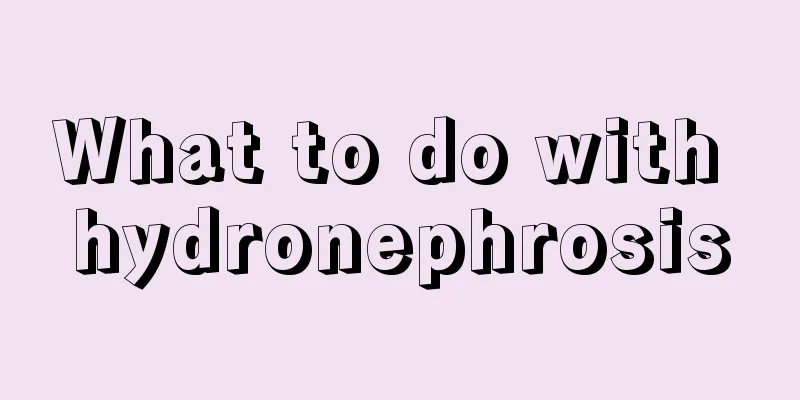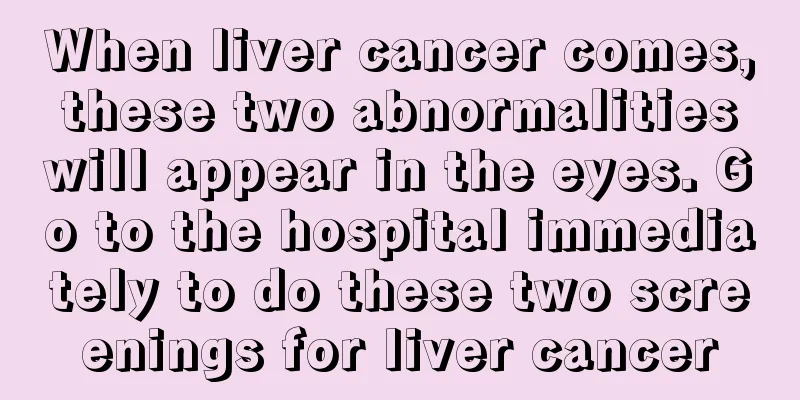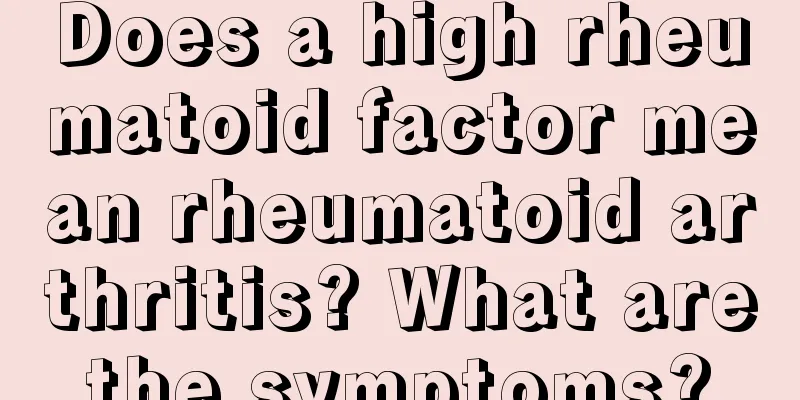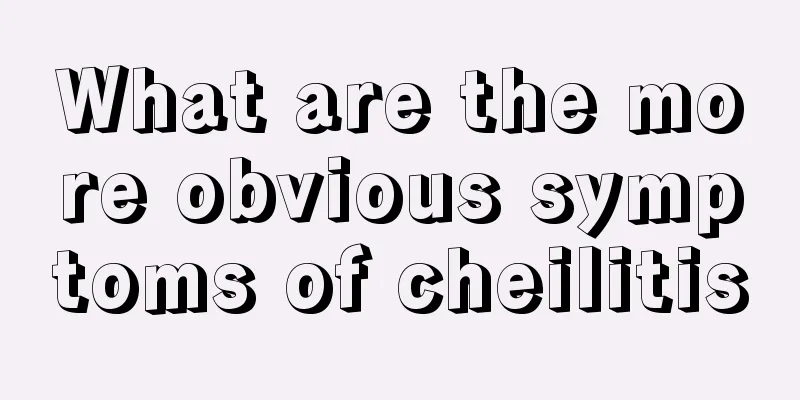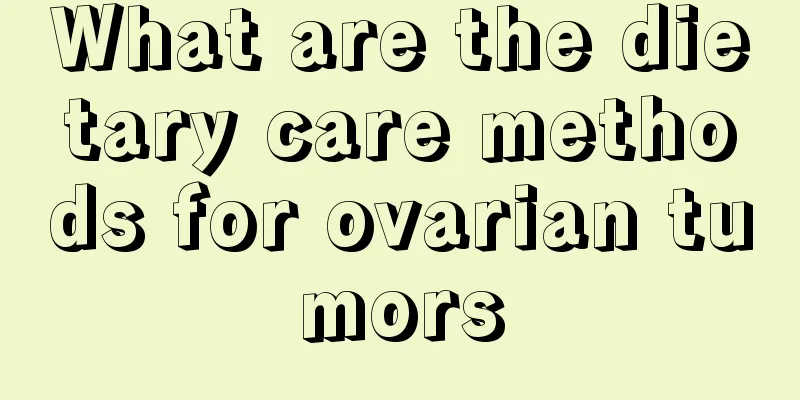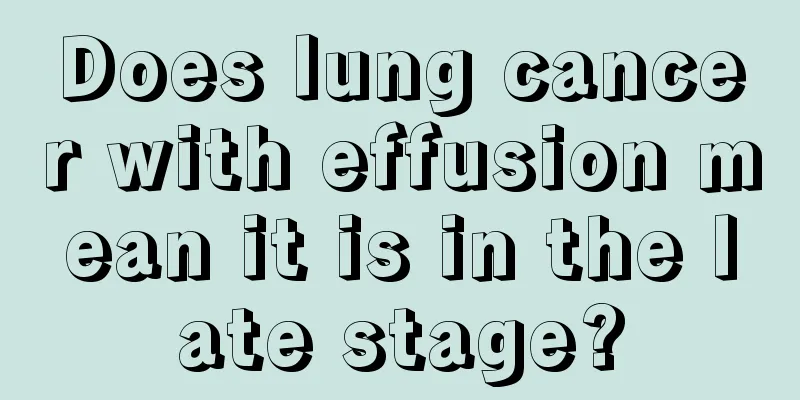What does a full thyroid mean
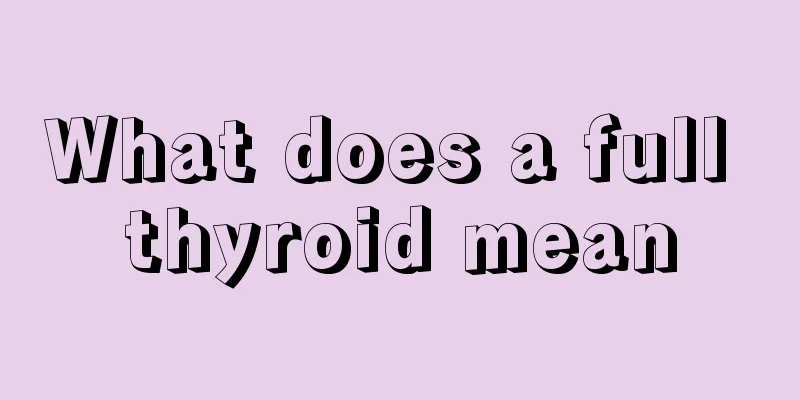
|
Many people will hear the doctor say the term "full thyroid" when undergoing thyroid examination. So, what does an enlarged thyroid mean? In fact, many friends don’t know. In fact, a full thyroid gland mainly means that the thyroid gland is normal and there is no disease or need for special treatment. Now let us give you a detailed introduction to the meaning of a full thyroid gland! If the thyroid gland is simply full in shape and the thyroid function results are normal, then no special treatment is needed. It may be a mild thyroid enlargement or adolescent goiter. You can eat more iodine-containing foods. It is recommended that you have another thyroid function test. If there is no abnormality, then there is no obvious problem and you can eat more iodine-containing foods in your daily life. Thyroid enlargement is a medical examination term, which means that when the doctor examines the neck with his hands, he feels that the thyroid gland is slightly enlarged. According to the degree of thyroid enlargement, if the swelling cannot be seen but can be felt, it is mostly grade I (mild) enlargement. The causes of thyroid enlargement may include simple goiter, hyperthyroidism, thyroiditis, nodular goiter, thyroid tumor, etc. Therefore, if a thyroid enlargement is found, relevant examinations should be done, such as thyroid B-ultrasound, thyroid function tests, etc., to further determine the cause of the thyroid enlargement, and then actively treat the cause. As for dietary precautions, they should be determined based on the specific cause of the disease. For example, simple goiter is mainly caused by iodine deficiency, so iodine supplementation is needed in the diet. On the contrary, people with hyperthyroidism should not eat high-iodine foods. The thyroid gland (Latin: Glandula thyr(e)oidea; English: Thyroid) is a very important gland in vertebrates and an endocrine organ. In mammals it is located below the thyroid cartilage in the neck, on both sides of the trachea. The human thyroid gland is shaped like a butterfly and is like a shield, hence the name. The thyroid gland controls how quickly energy is used, makes proteins, and regulates the body's sensitivity to other hormones. The thyroid gland regulates these responses by producing thyroxine, triiodothyronine (T3) and thyroxine, also known as tetraiodothyronine (T4). Both regulate metabolism, growth rate, and regulate other body systems. T3 and T4 are synthesized from iodine and tyrosine. The thyroid gland also produces calcitonin, which regulates calcium balance in the body. Normally most people do not know where the thyroid gland is located, but most people are familiar with "thick neck disease". In fact, "thick neck disease" is an enlarged thyroid gland, which tells us that the thyroid gland is located in the neck. To be more specific, we can feel what we usually call the "Adam's apple" ourselves. The thyroid gland is located about 2 to 3 centimeters below the "Adam's apple" and can move up and down with it when we swallow. The thyroid gland is shaped like an "H", brown-red in color, and consists of two lobes, left and right, connected by an isthmus in the middle. The two side lobes are attached to the outer sides of the lower larynx and the upper trachea, reaching the middle part of the thyroid cartilage and the sixth tracheal cartilage. The isthmus is mostly located in front of the second to fourth tracheal cartilages and is underdeveloped in some people. Sometimes a cone-shaped lobe extends upward from the isthmus. It varies in length, with the longer one reaching the hyoid bone. It is a relic of embryonic development and often gradually degenerates with age, so it is more common in children than in adults. The thyroid gland is covered with a fibrous capsule, called the thyroid capsule. This capsule extends into the glandular tissue and divides the gland into lobules of varying sizes. The capsule is covered with the deep cervical fascia (pretracheal layer). There is often ligament-like connective tissue connecting the lateral lobes of the thyroid gland and the cricoid cartilage. Therefore, when swallowing, the thyroid gland can move up and down with swallowing. |
<<: The significance of thyroid ect examination
>>: How to massage the thyroid reflex area
Recommend
According to traditional Chinese medicine, chapped lips are caused by liver fire
In autumn and winter, the weather is relatively d...
What are the main treatments for gallbladder cancer?
There are many serious diseases of the gallbladde...
Is it necessary to remove wisdom teeth?
Friends who have had wisdom teeth know that wisdo...
What are the symptoms of fibroids
In daily life, fibroids are very common. When thi...
What are the nursing measures for liver cancer patients? What are the causes of liver cancer?
What are the nursing measures for liver cancer pa...
What are the harms of thyroid cancer to the human body?
What are the hazards of thyroid cancer to the hum...
Can people with chickenpox eat soy sauce?
Varicella is a highly contagious skin disease. Mo...
Does drinking beer hurt your stomach?
In summer, many men's favorite drink is beer,...
What are the symptoms of male prostate cancer? 4 symptoms of male prostate cancer revealed
Prostate cancer is a type of malignant tumor that...
What are the most effective ways to get rid of whiteheads?
I get acne on my face from time to time, especial...
How to choose diapers
Diapers are an important item for children. We ne...
How long can you live after mid-term surgery for bladder cancer
Bladder cancer is a common urinary system disease...
What are the benefits of eating pumpkin? Women actually have this effect after eating it
Pumpkin is a common vegetable that many people ea...
What medicine should I take for submandibular glanditis
It is well known that submandibular gland inflamm...
Do one small action every day to prevent you from getting liver cancer
Ancient Chinese medical books said: "The fiv...
